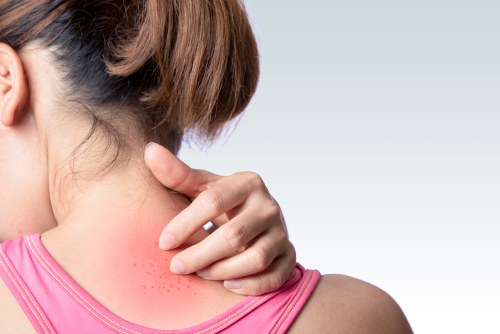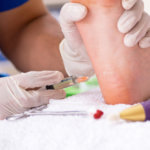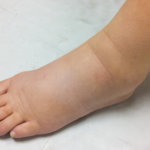
A disease that is mainly spread by mosquitoes, Zika is usually a mild infection for most people and is very rarely harmful. This comes with the exception of pregnant women, however, and there is plenty of evidence that suggests that infection with the Zika virus can cause children to develop terrible birth defects, such as small heads (known as microcephaly).
Most recent outbreaks of the Zika virus have been recorded in the Pacific region, the Caribbean and Africa, whilst the most widely publicized outbreak came in 2017 and 2018 with the outbreak in South and Central America. The countries in these areas were badly affected by Zika, with an ever-increasing number of children born with birth defects.
When traveling to an area where the infection is possible or likely, people are encouraged to follow basic mosquito repellent advice, whilst ensuring arms and legs are covered in both clothing and insect repellent.
If you travel to an affected area, you can reduce your risk of catching the virus by using insect repellent and wearing loose clothing that covers your arms and legs.
1. Rash
Following a mosquito bite that infects an unfortunate and unwitting person with the Zika virus, the development of a localized rash is highly likely. The rash will usually develop around the site of the bite but will spread quickly. One way to track the progress of a rash is to draw around the outline with a marker pen, before observing regularly to check if the rash has grown outside of the initially marked perimeter.
Zika rashes can be quite sore, particularly to the touch, owing to the fact that they are signs of an angry virus on the move. Rashes on other parts of the body away from the bite sire are also possible, though less likely. Rashes can signal the onset of many infections, but if you’re in a Zika area, and your rash is near the bite site, prepare for the worst. If you’re pregnant, seek medical help immediately.



